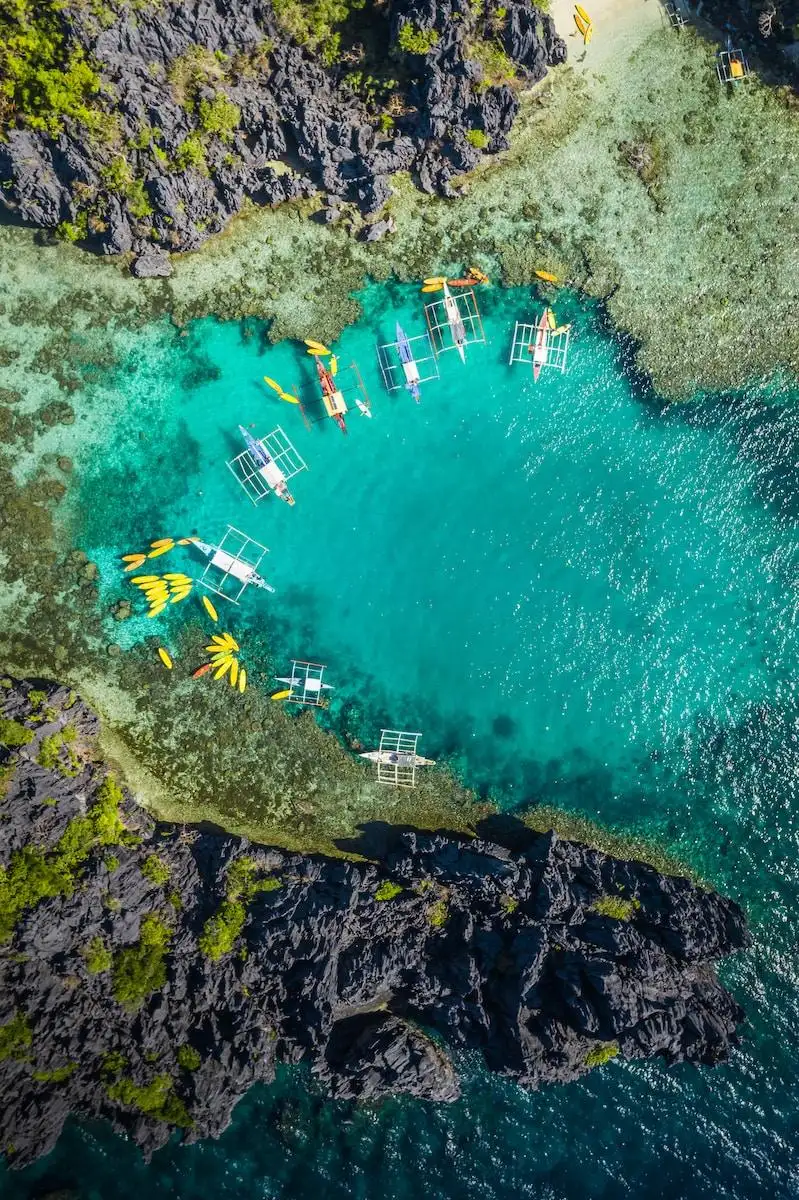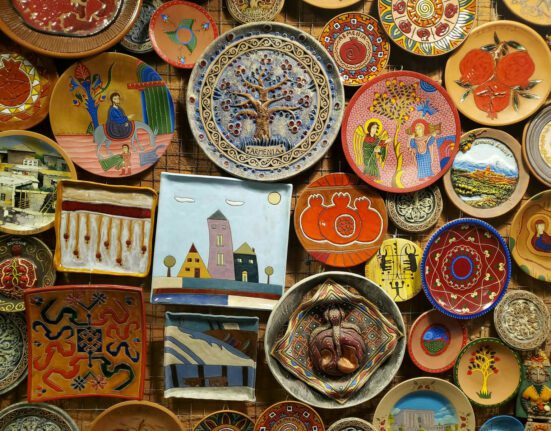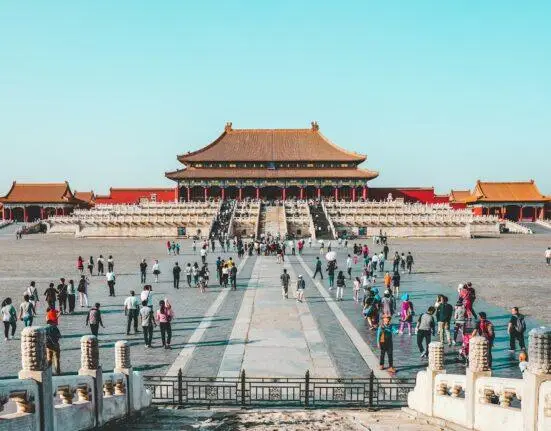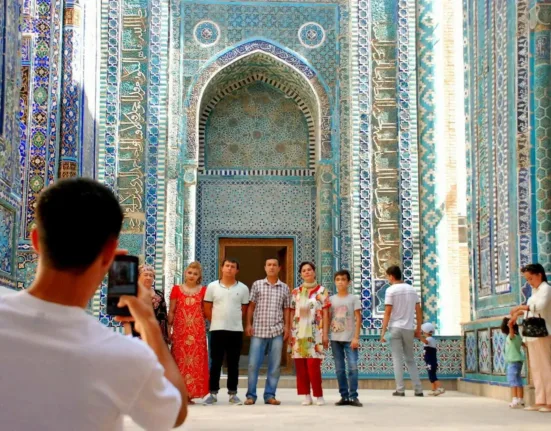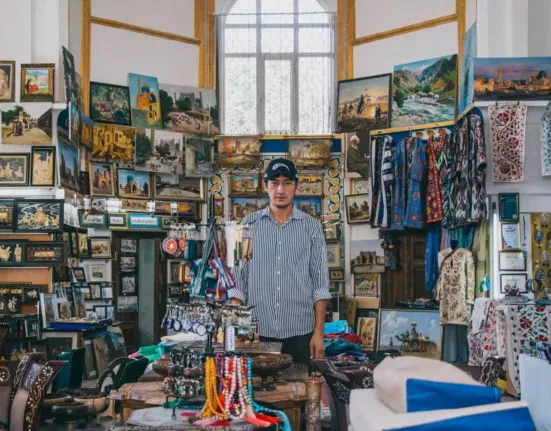Summary. The average cost of vacation in the Philippines depends on a variety of factors, such as how long you plan to visit, accommodation, activities, and if you’re traveling solo or with friends. If you’re on a budget, you can stay in hostels, street food, and public transportation for $550 – $1,000. If you’re willing to spend more, accommodations, transportation, activities, and restaurant meals are more expensive.
Planning your next trip to the Philippines? Visiting the archipelago of over 7,000 tropical islands is sure to be an unforgettable experience. You’ll undoubtedly see stunningly beautiful beaches, experience the unique culture, explore awe-inspiring natural parks, and taste the delicious cuisine. But before you start packing your bags, you’re probably wondering, “What’s the average cost of vacation in the Philippines?” The answer to this question depends on a variety of factors – how long you plan on visiting, what type of accommodation you’re looking for, where you travel to, the type of activities you intend to do, and if you’re traveling solo or with friends.
If you’re on a budget, you can easily stick to the $550 – $1,000 range by opting for hostels, street food, and public transportation to get around. This amount will also cover your basic expenses such as entry fees, transportation costs, and incidental expenses. Activities such as island hopping, snorkeling, and boat trips may cost a little extra, but the amazing experience is worth the few extra dollars. Planning a mid-range trip?
Accommodations are a bit more comfortable, as well as transportation such as inter-island flights. This cost range also includes activities such as diving or surfing, and some restaurant meals. Ultimately, it’s up to you to decide how much you’re willing to spend on your trip.
Philippines Travel Cost – Average Price Of Vacation
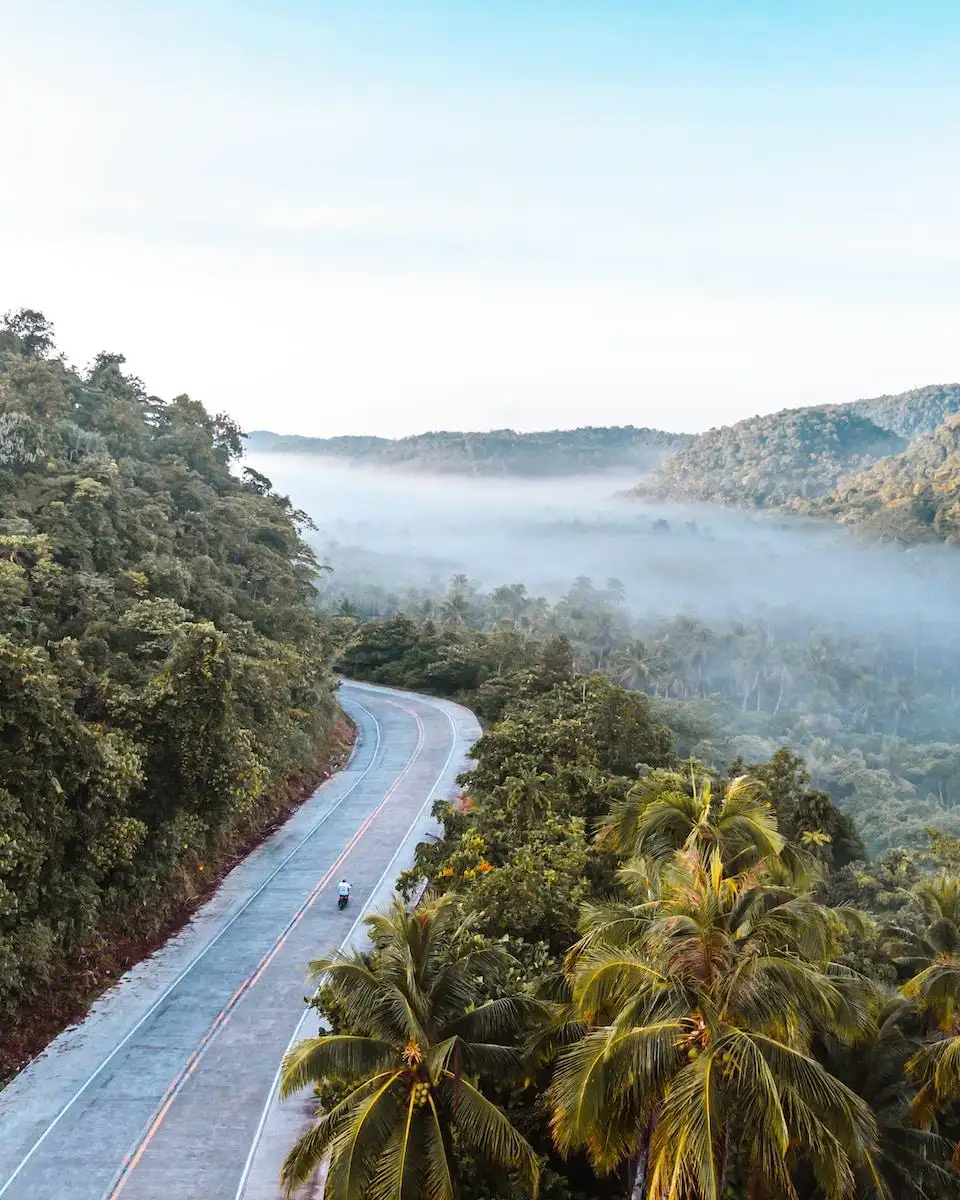
Traveling and seeing the Philippines on a tight budget is possible! Although the nation has many luxurious alternatives, it’s not difficult to locate a less expensive vacation that still offers plenty of excitement and enjoyment. We’ve put up a guide on how much it will cost to go in the Philippines called Average Price of Vacation to assist you. Depending on where you stay, the Philippines has a variety of accommodations. Hostels are a good option for tourists on a tight budget, while more moderately priced hotels may cost between $50 and $150 per night.
Then 5-star resorts, which may cost up to $300 per night or more, could be more your thing. Within the nation, there are many different ways to move about, including by vehicle, scooter, bus, rail, and so on. Prices vary from $1 to many locations to $50+ for a full-day hire of a vehicle or scooter. For an even more unique experience, choose seaplanes or helicopter trips.
The average cost of a day’s worth of food might be as high as $50. Prepare to pay several hundred dollars if you want to have the most upscale dining experiences. Depending on the attractions you choose to see, the cost varies substantially. It might cost anything from $10 and $50 to enter some of the biggest sites, such the Metropolitan Mall in Metro Manila. However, exploring some “off-the-beaten-track” attractions, like Bohol’s Chocolate Hills, is free and may be done on a budget.
Best And Worst Times To Travel To Philippines
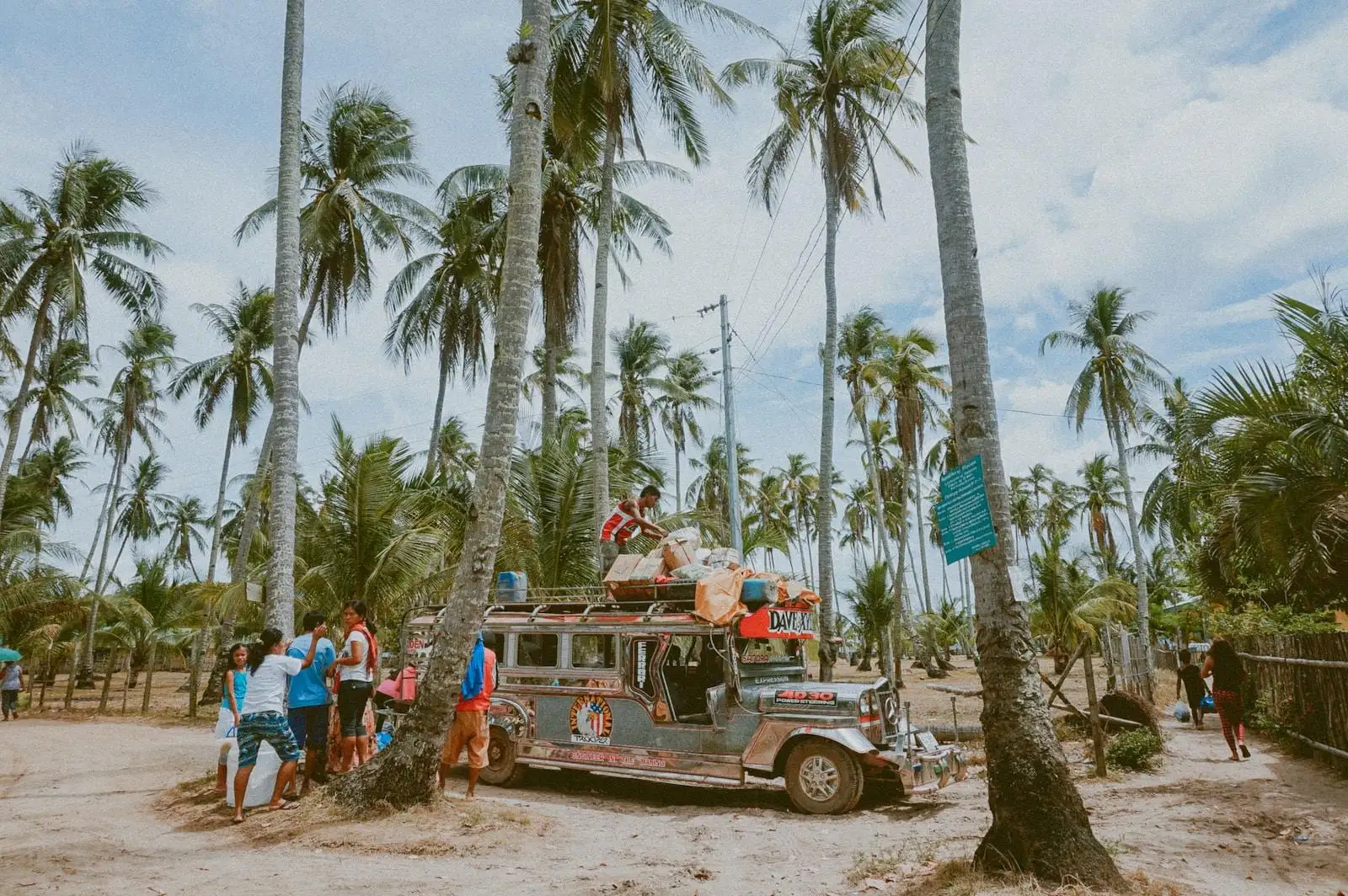
The Philippines is an archipelago country with more than 7,000 islands that is situated in the northwest Pacific. It’s no surprise that visiting the Philippines is growing in popularity among visitors every year given its tropical temperature, breathtaking scenery, stunning beaches, and intriguing culture. However, it’s crucial to think about the best and worst travel times, as well as the prices involved, before making travel plans to the Philippines. The busiest travel seasons to the Philippines are December through March and June through August. The weather is often bright, dry, and colder during these months than it is the rest of the year.
This is the busiest travel season for tourists visiting the Philippines, and as a result, costs for travel, lodging, and activities increase. In the Philippines, typhoon season lasts from June to August. Although powerful typhoons are rare, it’s always a good idea to check the weather forecast before traveling since this season may bring about high winds, torrential rain, and floods. The shoulder seasons are April through May and September through November.
However, September and October may still be fantastic months to visit the Philippines, depending on where you go. Prices are much cheaper at this time, and beaches are often serene and spectacular. Despite price increases during the busiest tourist seasons, the Philippines remains a fantastic year-round destination for travelers on a tight budget. For a five-day excursion with some luxury components, budget roughly $500. That covers round-trip transportation, lodging, meals, and admission fees for popular sights including El Nido and the Chocolate Hills.
How Much Does Accommodation Cost In Philippines?

If you’re thinking about taking a trip to the Philippines, you probably want to know how much lodging will run you. The cost of a cheap hotel in the Philippines may range from $10 to $40 USD per night, making lodging often relatively reasonable. Of course, the location and kind of accommodation you choose will affect the precise pricing. There are some less expensive options available if you’re trying to stretch your budget but still receive decent value. When visiting the Philippines, Airbnb is a fantastic alternative, with many listings providing fully furnished apartments for a fraction of the cost of hotels.
For those looking for a more luxurious stay, you’ll find that many stunning resorts, villas and even luxurious tree houses are located around the Philippines. These resorts offer a variety of amenities such as infinity pools, wellness centers and private beach access that you won’t find in a budget hotel. Prices for these ranges from about $80 USD to $250 USD per night. On the flipside, if you’re seeking a more immersive experience of Filipino culture, the many family-run guesthouses dotted around the country are perfect.
In addition, these guesthouses provide a fascinating view into Filipino society since many of the proprietors share long-forgotten facts and amazing tales from their history. Regardless matter where you choose to stay, there are several lodging alternatives in the Philippines to suit every budget. If you do your research, you may locate the ideal lodging for you, allowing you to relax, explore, and enjoy your trip to the fullest.
How Much Does Food Cost In Philippines?

The Philippines, a well-known travel destination, is known for its blue coastlines, fishing towns, lovely white beaches, attractive cobblestone alleyways, and alluring mountain rainforests. The Philippines is a popular destination for backpacking trips in Southeast Asia, and it may be quite inexpensive to go there. What is the price of food in the Philippines then?
Whatever your stomach wants, you can get it in the Philippines, from traditional Filipino favorites to global fast-food franchises to a booming craft beer sector. Common foods like Adobo, Bistek, and kare-kare may be obtained for as little as 100 pesos (about 2 USD) per plate while eating out, however more upscale iterations of same dishes can go up to 800 pesos.
If you’re craving anything from outside, you’ll find a wide variety of foreign fast food restaurants in the Philippines, including McDonald’s, Burger King, KFC, Pizza Hut, Shakey’s, and Jollibee, all of which provide affordable meals costing between 50 and 100 pesos (1-2 USD) each dish. For those seeking even more affordable fare, Filipino carinderias, which are tiny eateries serving a variety of well-liked, inexpensive foods, are widespread across cities around the Philippines. A typical carinderia dinner costs between 30 and 50 pesos per dish.
Best Way To Get Around Philippines

There are many of ways to travel about the Philippines, whether you want to see the country’s natural treasures, experience its crazy nightlife, or just enjoy some of its beaches. Getting across the 7,107 islands of the nation doesn’t have to break the bank if you’re savvy about it. Options include public transit, locally owned automobiles, and more. Read on for the best way to travel around the Philippines, whether you’re on a tight budget or simply searching for some creative and economical ways to get about. Beginning with Air Travel Traveling by flight is a terrific way to see a lot of the nation in a short period of time. You’ll be able to take in breath-taking mountain vistas, fly short distances between big towns, and land in locations that aren’t accessible by other means of transportation.
If money is a concern, being flexible with your travel plans can help you find incredibly affordable last-minute domestic flights. If not, think about comparing airfares on websites like Skyscanner to get the lowest prices. The best transportation options include buses and jeepneys. Jeepneys, the fabled Filipino commuters, are among the most well-liked and practical means of getting about town. Not to add, they are far less expensive than hiring a vehicle.
These recognizable, vibrant cars may be identified by their long bodies and tin can shapes. All of the main Philippine cities are easily accessible across long distances by air-conditioned buses. Buses with a combination of first and second class seats are available from well-known international transport providers like Baliwag Transit or Tritran; both services are reasonably priced because to their comfort and convenience. That results in mutual benefit.
How Much Money Should I Budget For Entertainment In Philippines?

Considering a memorable trip to the Philippines? Your overall cost of entertainment might vary greatly based on your preferences and interests, just like it can in any vacation. This tropical paradise has activities for every price range, from inexpensive thrills to ultra-luxurious relaxation. Here’s a budgeting guide for the Philippine entertainment options. Average Entertainment Prices in the PhilippinesThere are plenty of activities and attractions to keep you occupied if you’re visiting the Philippines and seeking for amusement.
However, the expense of nightlife and leisure activities like massages or spa visits might be much higher. Depending on the cuisine you choose to eat, you may anticipate to spend between PHP250 and PHP500 (about US$5 to 11) for a dinner at a restaurant or café in the Philippines. You might anticipate spending a little extra on supper. Additionally, keep in mind that restaurant meals in popular regions could cost more than they would elsewhere.
Depending on location, most budget visitors should budget PHP 350–1,500 (about $7–$30) for a night at a hostel. Price tags for a premium hotel room might surpass PHP 5,500 (about US$109) per night. Prices for shopping and other activities might change based on the location and length of the activity. Street market shopping, where you may buy affordable souvenirs, t-shirts, and other distinctive goods, usually costs very little. A one-day trip or massage may be acquired for as little as PHP 250–500 ($5–$10), while a multi-day excursion can easily cost more than PHP 5,000 ($99).
Everything You Need to Know About Currency In Philippines
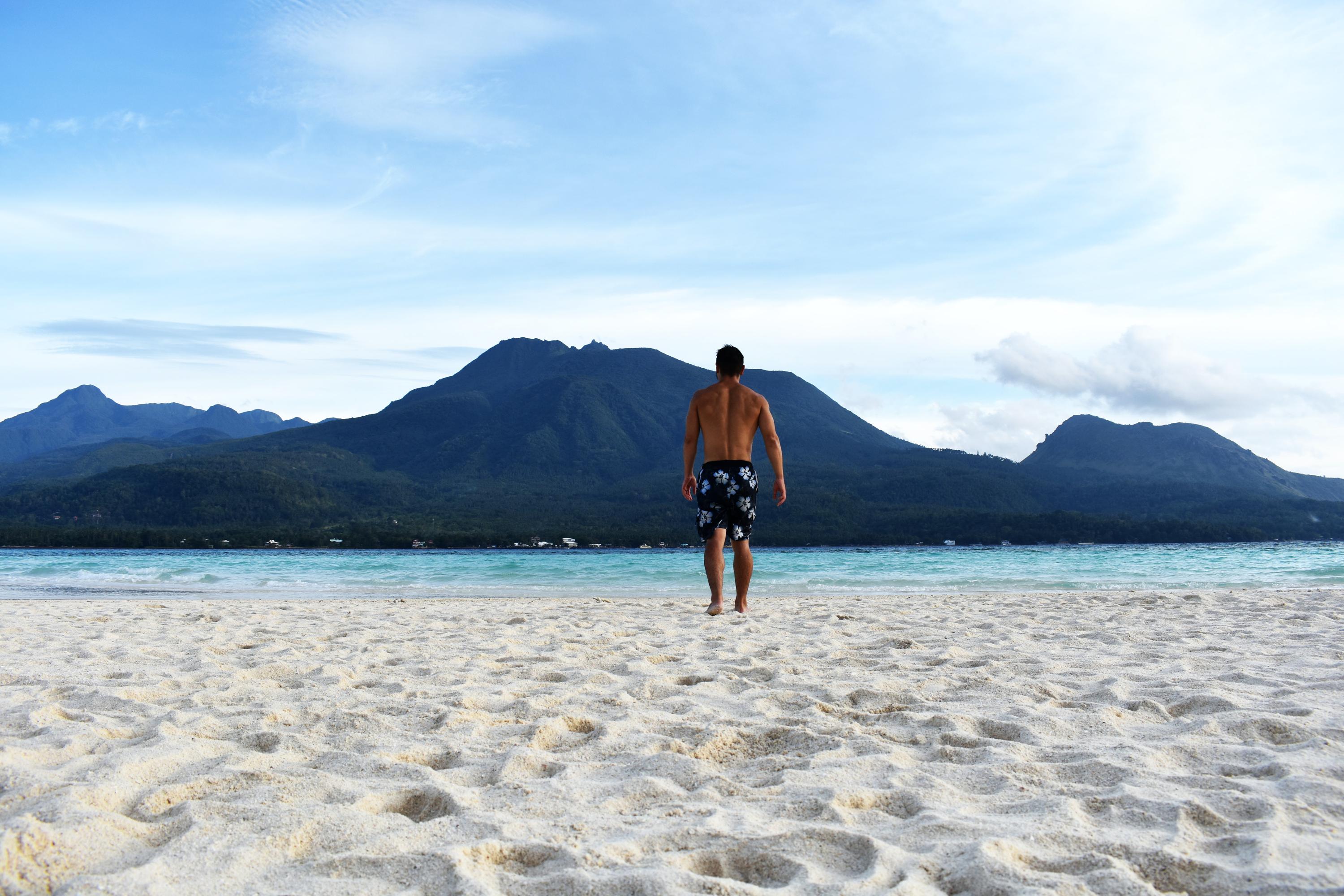
While visiting the Philippines might be thrilling, learning how to deal with its money can be a little intimidating. It’s crucial to educate yourself on the Philippine currency and how to set a budget before boarding a flight and departing for the Philippines. The Philippine peso (PHP) is the nation’s official currency. It is often referred to as simply “peso” to avoid misunderstanding. The peso, which was first issued in 1949, comes in denominations of P20, P50, P100, P200, P500, and P1000.
The dollar exchange rate and other major currencies’ exchange rates might fluctuate from day to day, just as with other currencies. The Philippines has money changers that deal with international currencies, however the rate may not be as dependable. The best thing to do before leaving the country is to check the currency rate online. Travelers may get more for their money in the Philippines since the cost of living is often lower than in many other nations.
Of course, costs might vary greatly in touristier regions, so plan your money carefully and do your homework. However, it’s fair to assume that any budget may be used for a trip to the Philippines. Public transit and taxis are commonly accessible, but hiring your own vehicle is a fantastic alternative if you want to get a true sense of the local culture and have greater control over your schedule. Unleaded gasoline is sold for roughly P45 per litre. The country is home to many fantastic sites to visit without breaking the budget, from beautiful mountains and exotic beaches to busy marketplaces and national parks. There are also lots of chances for sightseeing, shopping, and relaxing that don’t cost a thing.
Bringing It All Together
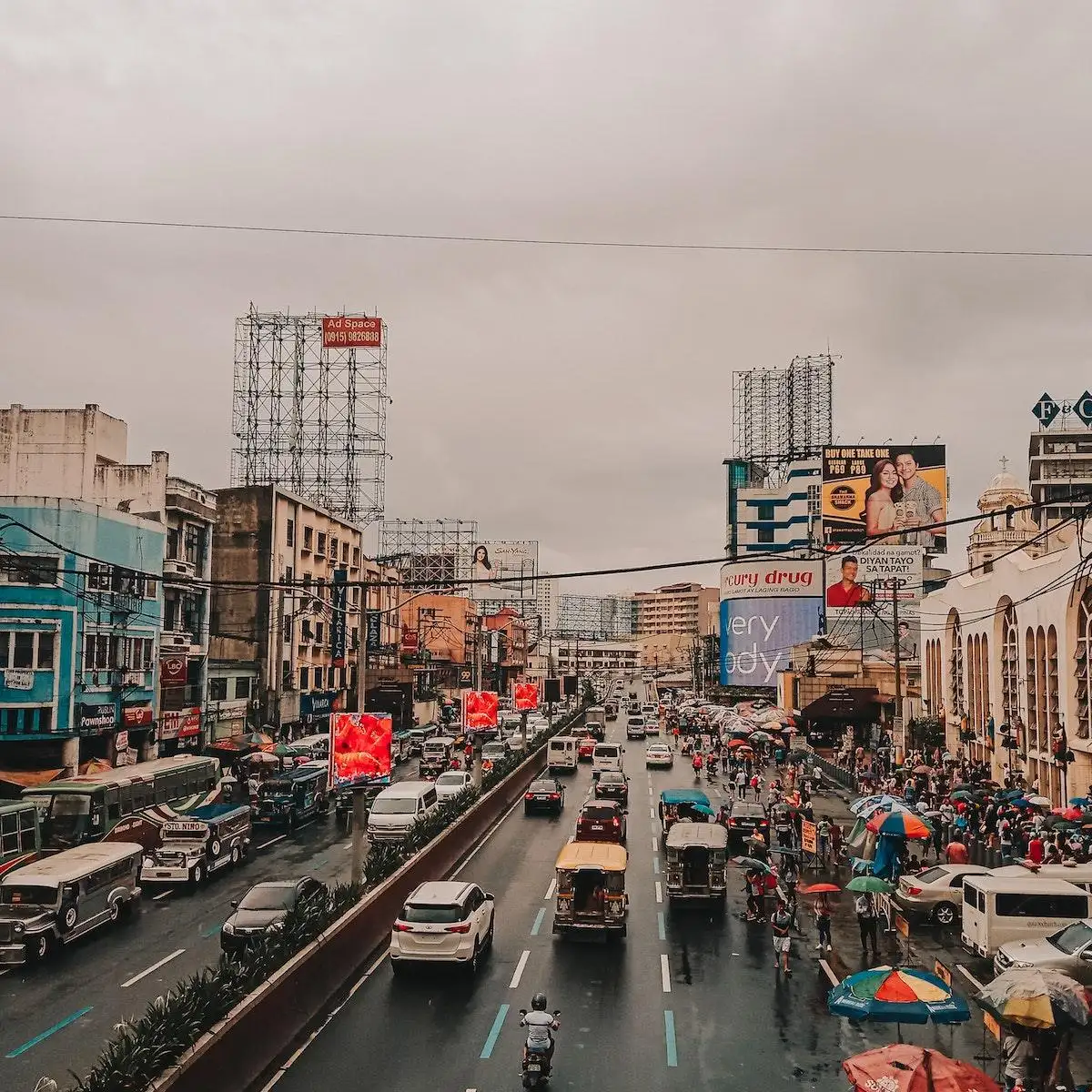
Traveling to a new country can make your wallet feel a bit intimidated. You don’t want to break the bank while exploring all of the wonderful places that a different country has to offer. So, how much would it cost to take a vacation in the Philippines? The average cost of a Philippines vacation depends on a variety of factors, including the length of your stay, type of accommodation, type of transportation you use, and other activities you may do beyond simply sightseeing. After all, the more you plan to do, the more you can expect to pay. Accommodations range from dirt-cheap motels to luxury resorts with all the bells and whistles. For instance, if you just desire a simple bed and bathroom in a no-frills room, you can expect to pay about $25-$50 USD a night, depending on the city and location. On the other hand, luxury resort hotel rooms, located in beachfront areas such as Palawan and Boracay, can range from $600-$1500 USD per night.
Transportation can also be affordable and varies depending on which city you’re visiting. If you’re touring around the capital, Manila, you can get around by taking public transportation such as a jeepney, tricycle, light rail transit, and MRT. Bus fares cost around $0. 50-$50 USD, and taxi fees depend on variables such as the distance and type of service. If you’re budget conscious, ride-share apps such as Grab and Angkas are widely available in the country, and round trips from the airport to the city center cost between $18-$25 USD. As for sightseeing, the cost of entrance tickets for some tourist attractions vary from about $
Food is also not out of the ordinary, either. A good meal in the Philippines averages around $50-$15 USD per person. So, what can you expect to spend overall? This completely depends on your destination, the length of your stay, and type of activities, but typically the average cost of a vacation in the Philippines can range from $35 to $100 USD per day. Are you ready to take a trip to the Philippines? Let us know what questions you have about traveling in the Philippines, and we’ll be happy to guide you through.
Frequently Asked Questions (FAQs):
What is the average cost of a vacation in the Philippines?
The average cost of a vacation in the Philippines can vary depending on various factors such as the duration of stay, accommodation choices, activities, and personal preferences. On average, a moderate budget for a two-week trip to the Philippines, including flights, accommodation, meals, transportation, and activities, can range from $1,500 to $3,000 per person.
What are the major expenses to consider when planning a trip to the Philippines?
The major expenses when planning a trip to the Philippines include airfare, accommodation, transportation within the country, meals, entrance fees to attractions, and optional activities such as island hopping or diving. It’s important to budget for these expenses to ensure a smooth and enjoyable vacation.
Are there any cost-saving tips for traveling in the Philippines?
Yes, there are several ways to save money while traveling in the Philippines. Consider booking accommodations in advance to secure better rates, opt for local transportation options like buses or jeepneys instead of taxis, try local street food and eateries for affordable meals, and explore free or low-cost attractions such as public beaches or hiking trails.
Are there any hidden costs or additional fees to be aware of when traveling in the Philippines?
While the Philippines is generally a budget-friendly destination, there are some hidden costs to be aware of. These may include fees for environmental permits or entrance fees to certain islands or protected areas, charges for water activities or equipment rentals, and additional costs for guided tours or private transportation. Researching and planning in advance can help anticipate and budget for these expenses.
Can I travel on a tight budget in the Philippines?
Yes, it is possible to travel on a tight budget in the Philippines. By choosing budget accommodations such as guesthouses or hostels, eating at local eateries, utilizing public transportation, and focusing on free or low-cost activities like beach hopping or exploring nature, you can experience the beauty and culture of the Philippines without overspending.
Are there any affordable alternatives for island hopping or diving in the Philippines?
Yes, there are affordable alternatives for island hopping or diving in the Philippines. Look for group tour packages or join shared tours, as they often offer better rates compared to private excursions. Additionally, consider exploring less crowded destinations or off-the-beaten-path islands, as they tend to have more affordable prices for activities like diving or snorkeling. Remember to research reputable tour operators and dive centers to ensure your safety and enjoyment.
Are You Feeling Inspired? Other Articles About Philippines Can Be Found Here:
- The Best Way To Plan A Trip To Philippines : Optimal Trip Planning
- Things To Know Before Traveling To Philippines
- How Safe Is Philippines For Travel?
- What Is The Best Month To Visit Philippines? Unveiling The Optimal Month To Explore The Magnificent Philippines
- Philippines Travel Cost – Dive Into The Average Price Of A Phenomenal Vacation In The Philippines!
Your Next Adventure Starts Here – Don’t Miss Out!
Everything you need to book, plan, and live your dream trip—right at your fingertips. The best deals and experiences sell out fast, so start exploring now before they’re gone.
Score unbeatable airfare deals with Skyscanner and Expedia. Compare flights worldwide, find hidden discounts, and book in minutes. Lock in your ticket now before prices jump.
Find the perfect place to stay anywhere in the world. Compare prices, read reviews, and book instantly for peace of mind on your travels.
Protect yourself while traveling with comprehensive insurance options. Quick setup, global coverage, and peace of mind wherever you go.
Discover tours, activities, and unforgettable experiences. Book easily online and explore at your own pace.
Get your Revolut card to manage your finances effortlessly while traveling. Instant digital setup, low fees, and worldwide acceptance make spending safe and simple.
Stay connected anywhere with global eSIMs from Airalo. Easy setup and affordable data plans for travelers.
Book local experiences and deals effortlessly with Saily. Save money while discovering unique activities.
Claim compensation for delayed or canceled flights with AirHelp. Quick and hassle-free process for travelers.
Love our content? Support our team in content creation via Buy Me a Coffee. Every contribution helps us deliver better guides, tips, and travel inspiration.

